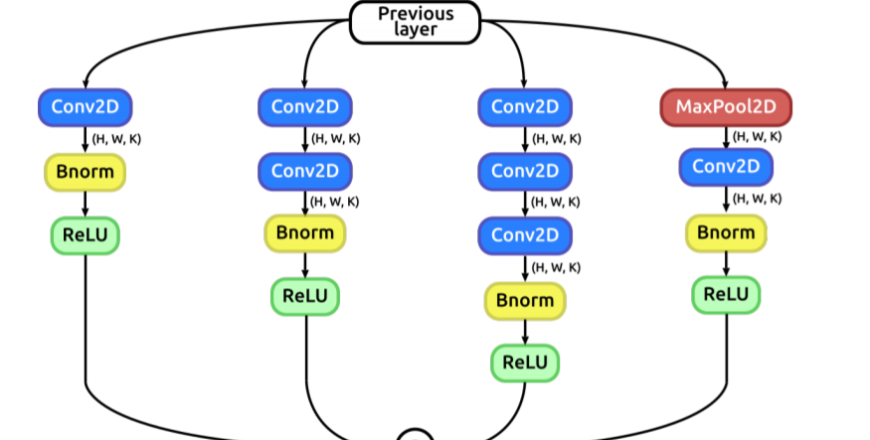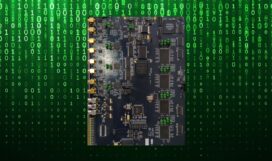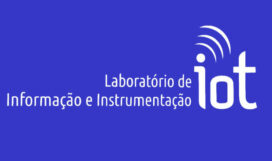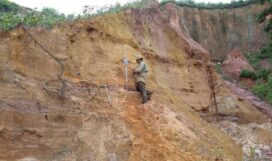Esta disciplina tem por objetivo oferecer uma introdução ao aprendizado de máquina e uma abordagem prática em aplicações de redes neurais profundas com foco em aplicações científicas e tecnológicas. Exemplos e códigos serão discutidos durante as aulas.
Inteligência artificial e aplicações em física

Bibliografia
1) Cobb, A. D., Roberts, S. J., Gal, Y., “Loss-Calibrated Approximate Inference in Bayesian Neural Networks”, 2018 arXiv:1805.03901.
2) Fraga, Bernardo MO, et al. “Deep Learning Blazar Classification based on Multi-frequency Spectral Energy Distribution Data.” arXiv preprint arXiv:2012.15340 (2020).
3) Goodfellow, I., et al., “Deep Learning”, 2016. MIT press. http://www.deeplearningbook.org.
4) Chollet, Francois. Deep Learning with Python and Keras. MITP-Verlags GmbH & Co. KG, 2018.
5) Hezaveh, Y. D., et al. “Fast automated analysis of strong gravitational lenses with convolutional neural networks.” Nature 548.7669 (2017): 555.
6) Krizhevsky, A., Sutskever, I. and Hinton, G. E. ImageNet Classification with Deep Convolutional Neural Networks. NIPS 2012: Neural Information Processing Systems, Lake Tahoe, Nevada.
7) LeCun, Y., Bengio, Y. and Hinton, G., “Deep learning.” Nature 521.7553 (2015): 436.
8) Schawinski, K., et al., “Generative adversarial networks recover features in astrophysical images of galaxies beyond the deconvolution limit”, Monthly Notices of the Royal Astronomical Society: Letters, Volume 467, Issue 1, p.L110-L114.
9) Wu, J., “Introduction to convolutional neural networks.” National Key Lab for Novel Software Technology, Nanjing University. China (2017).
10) Bom, Clecio, et al. “Deep Learning in Wide-field Surveys: Fast Analysis of Strong Lenses in Ground-based Cosmic Experiments.” arXiv preprint arXiv:1911.06341 (2019).
Pré-requisitos
- Recomenda-se o domínio da linguagem de programação Python
- Lógica de programação, tipos e estruturas de dados.




